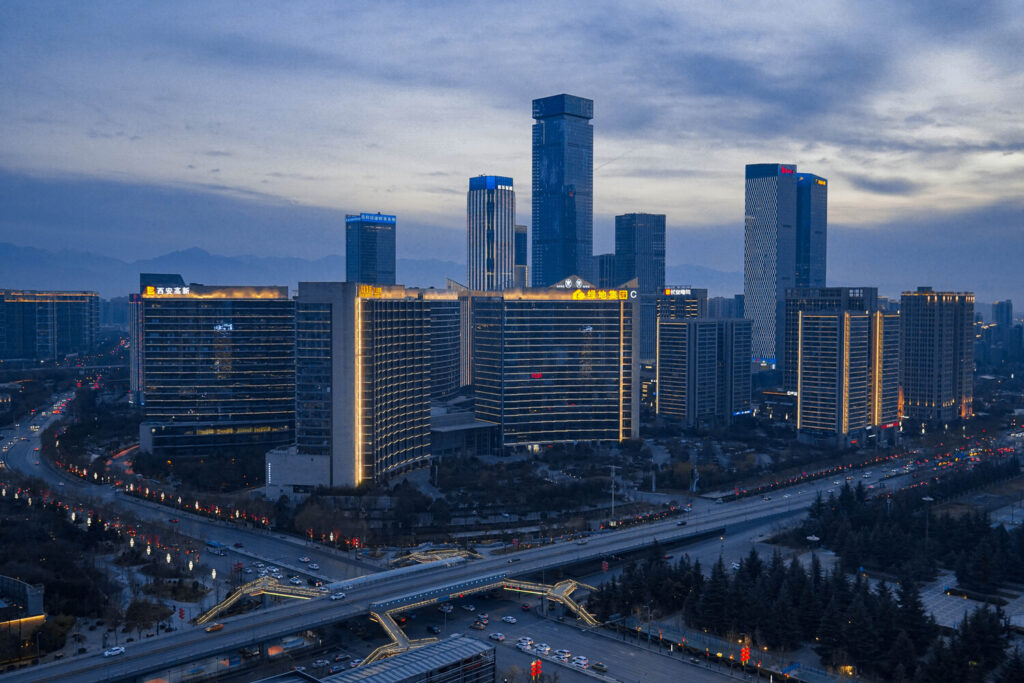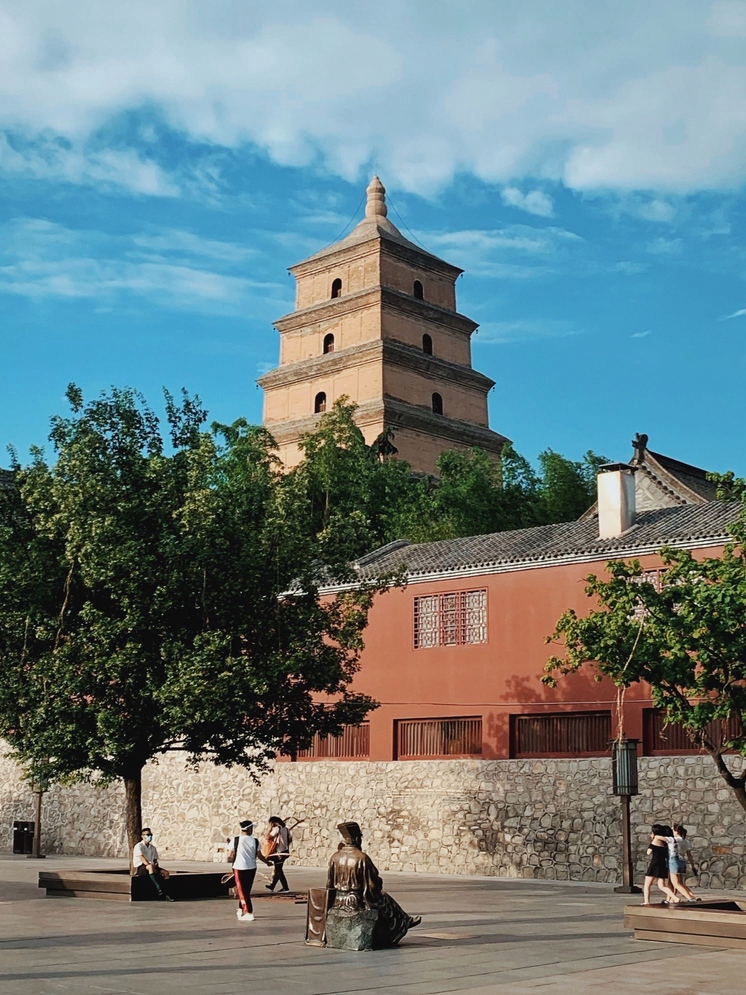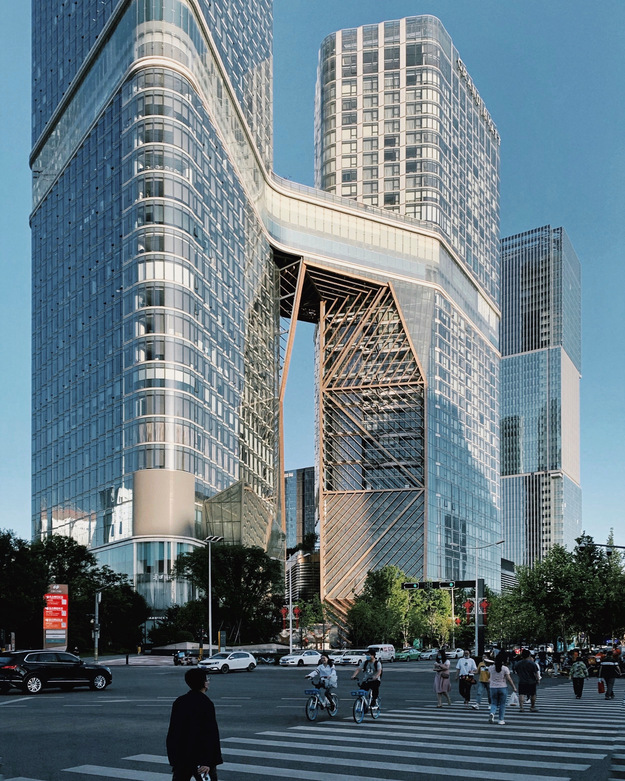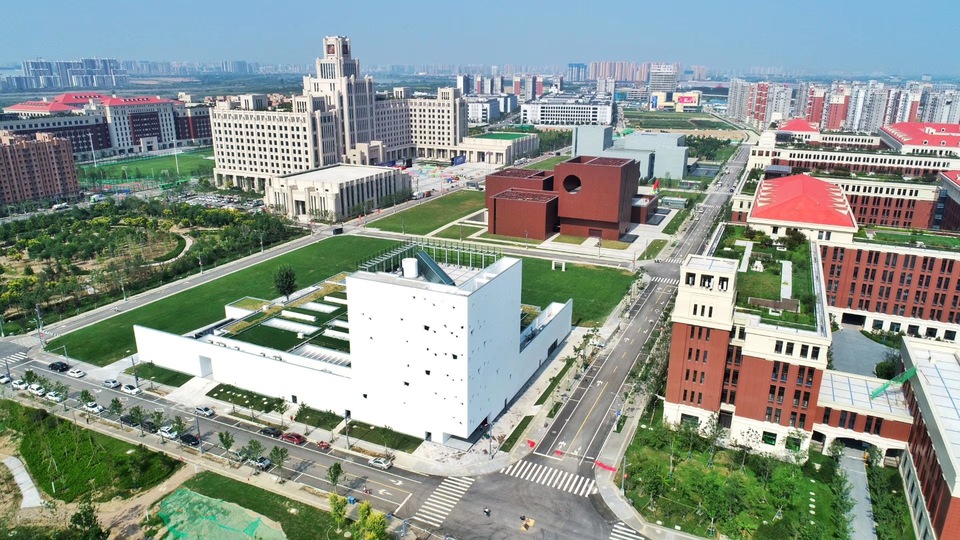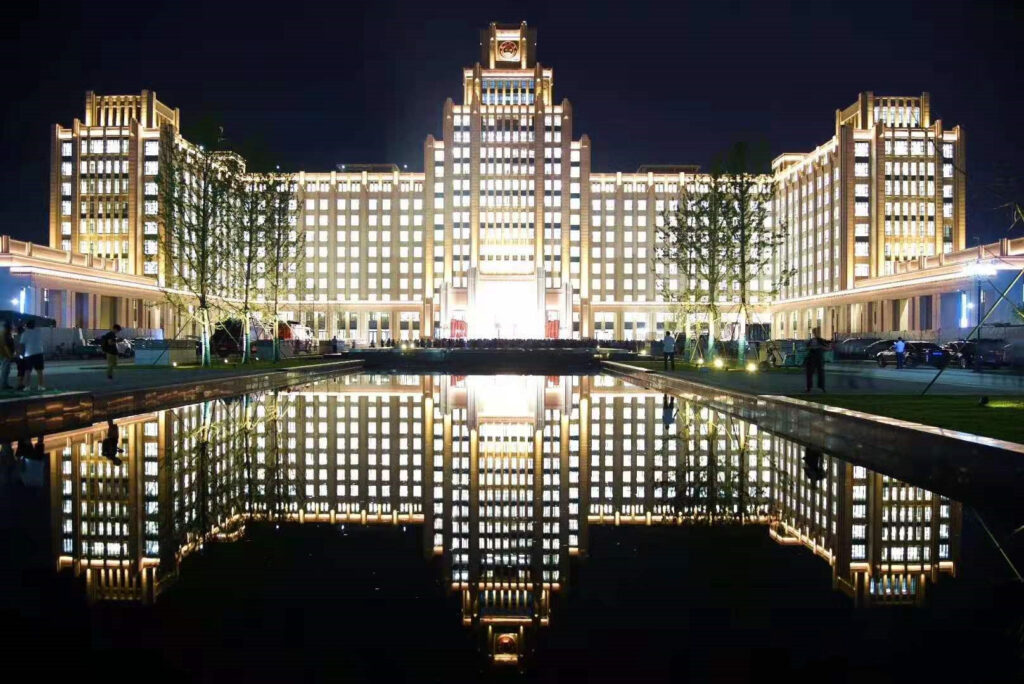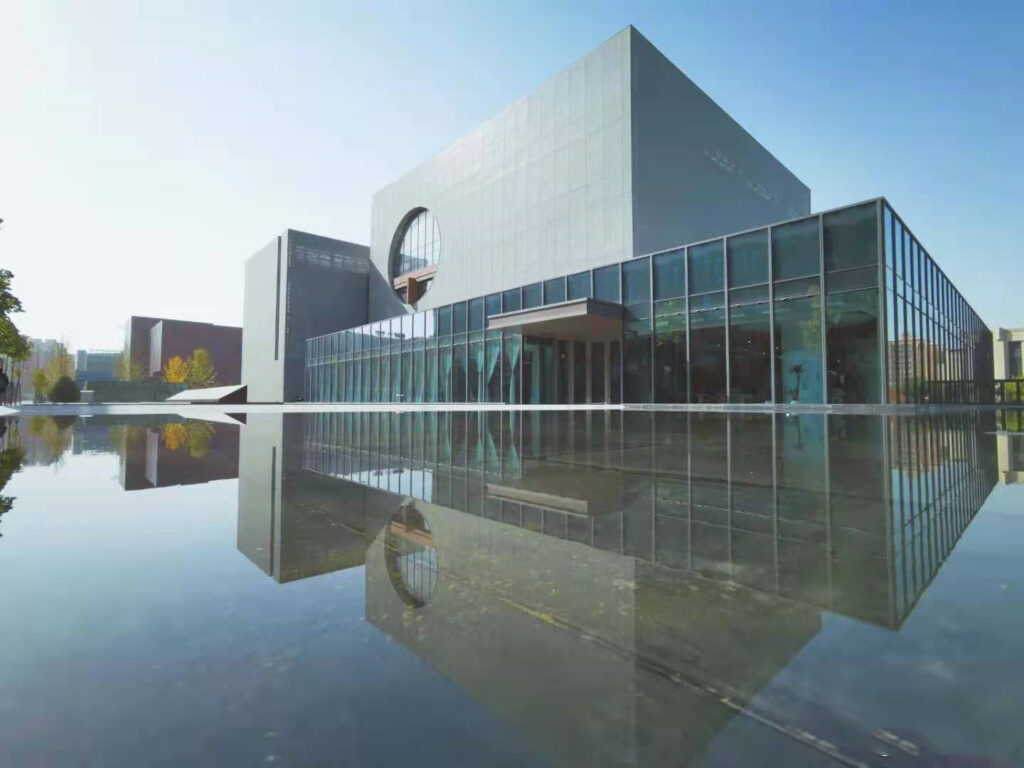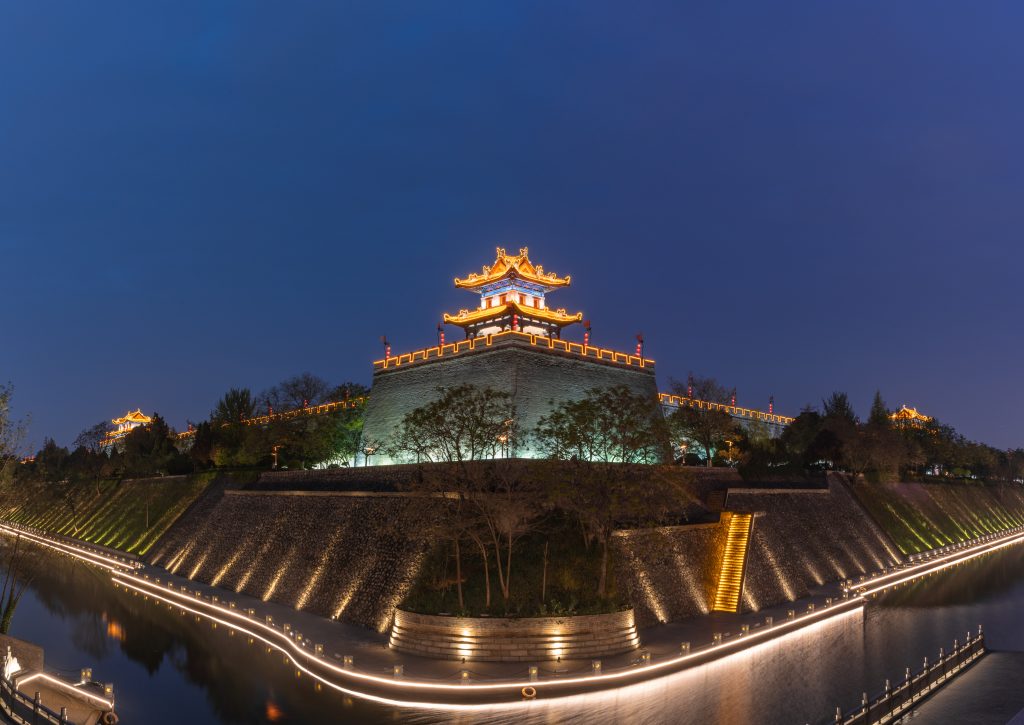
Xi’an
Xi’an is the capital of Shaanxi provice, in central-north China, approximately 2 hours by plane from both Peking and Shanghai.
One among the most ancient Chinese cities, Xi’an was the capital of many dinasties and for centuries the eastern departure point of the Silk Road which connected Asia and Europe. It was a cosmopolitan city, an important crossroads for people, cultures and religions. Altough nowadays Xi’an is very different from the ancient imperial capital, it still boosts a rich cultural heritage: from the terracotta army (protecting the tomb of the first Chinese emperor, Qin Shi Huang), to the city walls of Ming dinasty, including archaeological sites, museums, pagodas and temples.
With the collapse of the Tang dinasty in the 10th century Xi’an has undergone a long period of decline. Only in recent times, in the framework of the central-western China development project, it has became one of the most important industrial, political and cultural cities of its region. It is now one among the emerging metropolis at national level and thanks to the New Sik Road initiative (unfolded by Chinese president Xi Jining in 2013) is gaining again a strategic position with respect with international traffics and networks.
iHarbour
In 2011, at the border between Xi’an and Xianyang, a special economic development area has been established, called Xixian New Area from the names of the two cities. The area, which is 882 square metres wide and includes 5 technological districts, hosts the Western China Science and Technology Innovation Harbour (iHarbour), where the Joint School of Design and Innovation is located.
The iHarbour, a project of Xi’an Jiaotong University, is a place of scientific and technological innovation and at the same time a new model of urban development. It is composed of four main areas:
- Scientific research (research centres, key state laboratories)
- Education (XJTU new campus, including also the Joint School of Design and Innovation)
- Soft/Enterprises incubation (incubators, accelerators, pilot plants, joint laboratories)
- Integrated services (dormitories, hotels, hospitals, business, cultural and sport facilities)
